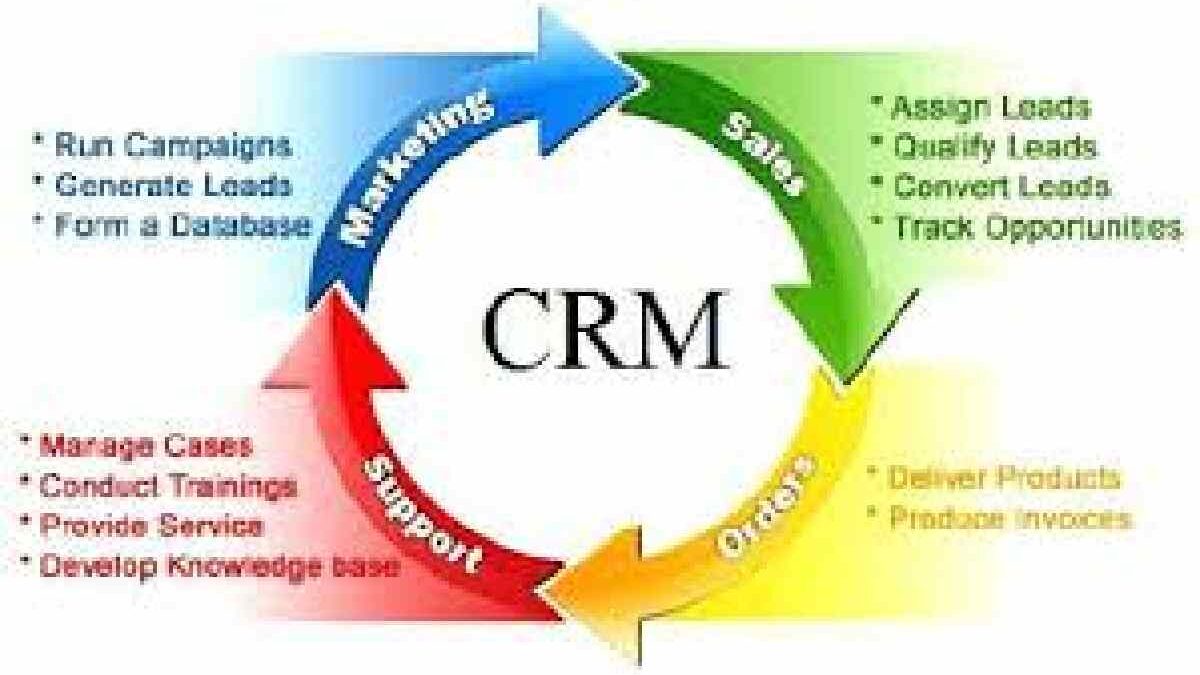Customer relationship management – Today, most companies have good CRM software. What do their acronyms mean? “ Customer Relationship Management ” (or what is the same: “ Customer Relationship Management ”).
The function of a CRM is to manage three key departments in a company: marketing, sales, and customer service. All action managed through this software has as its main objective the increase in sales.
There are countless CRMs, but in today’s post, we select the five best and explain their pros and cons.
1. WI wink
WI wink is a CRM in the cloud that helps optimize and simplify your business tasks by being able to connect and bring together all your accounts and platforms in the same control panel.
In addition, it facilitates the acquisition and management of clients through satisfaction surveys and the execution of marketing campaigns on social networks. Another of its advantages is that you can digitally sign and share documents, which saves you time and money.
In short, WI wink is one of the complete CRMs on the market, helping you win customers, optimize expenses, simplify management, and build lasting relationships with your customers.
2. HubSpot
This CRM is used above all for Inbound Marketing strategies; that is, it attracts customers in a non-intrusive way and offers them content tailored to their needs and interests.
It has a contacts database on which marketing, commercial and service actions are carried out. These contacts are organized with all the information we have about them to facilitate their search and filter when recruiting.
This CRM can also include the HubSpot Marketing Hub software, a tool that allows us to record the people who visit our website to group them into one of the lists.
3. Salesforce
Salesforce has a cloud platform where all customer interactions are recorded and can be accessed by company workers anywhere.
It started as a tool for tracking sales. Still, in recent years it has come a long way to include features such as managing marketing campaigns, making customer service inquiries, logging calls, or even creating reports. Plus, it comes with a 30-day free trial. Do you dare to try it?
4. Microsoft Dynamics
It has the functionalities of a CRM and ERP (Enterprise Resource Planning). That is, business planning combined with Office’s office solutions.
Microsoft Dynamics allows you to create and maintain a complete and global view of customer information obtained from the first contact until the purchase and post-sale process is completed. It also makes it possible to achieve consistent and measurable improvement in sales, service, marketing, and customer service processes.
5. Zoho
Finally, we have Zoho, a customer management software in which we have email marketing or CRM.
Focusing on what it allows as a CRM, we highlight its efficient management of the database by being able to control the company’s commercial relationship with the client from the same place. In addition, Zoho collects and manages customer information. Creating a history of them to improve quality and personalize the treatment given to them.
As you may have seen, a CRM in your company can have numerous advantages. Although, in general, CRMs seek to satisfy and manage customer relationships, not all CRMs are equally adapted to the needs of your company or the interests of your customer.

